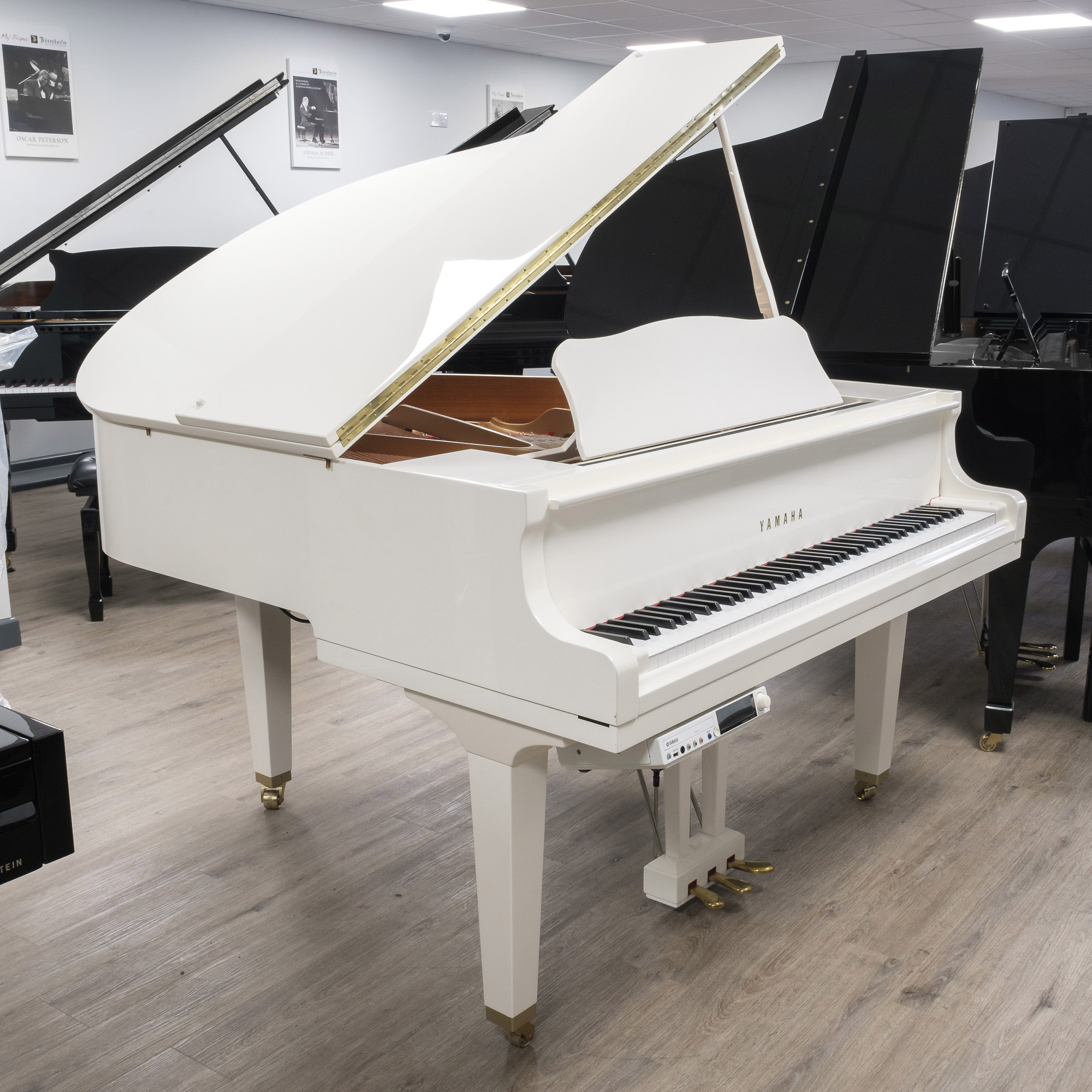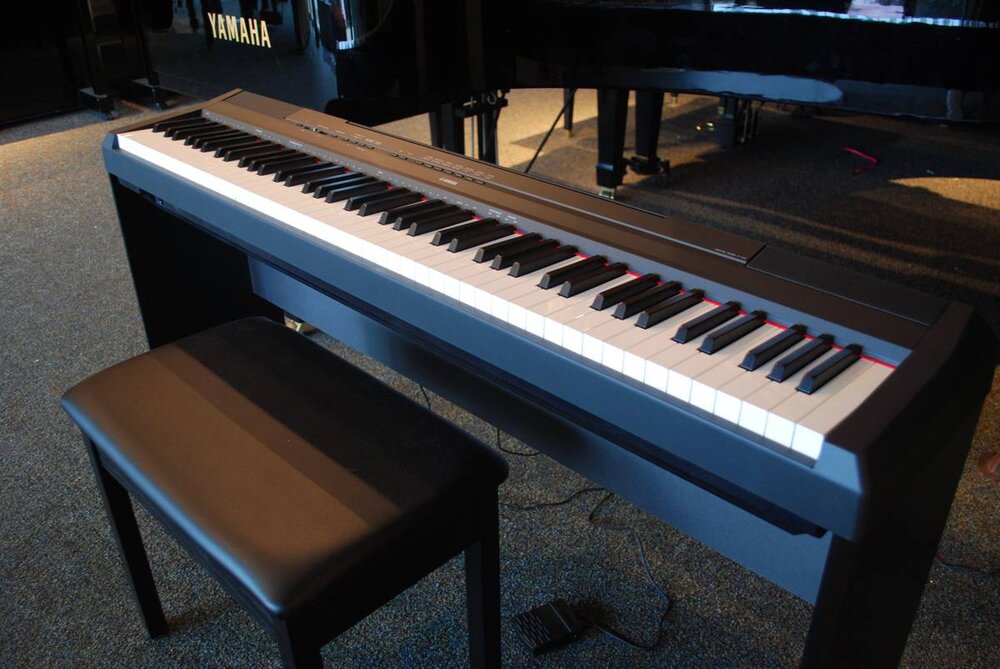Are you looking to share the gift of music by teaching piano? As a passionate pianist and experienced teacher, I know how fulfilling it can be to pass on this beautiful art form to others. However, teaching piano is not an easy task and requires patience, dedication, and a strong understanding of both the instrument and your students. But don’t worry, I’m here to guide you through it all.
In this article, we’ll discuss the best tips and tricks from seasoned piano teachers on how to effectively teach this popular instrument. From creating lesson plans that cater to different learning styles, incorporating fun games and activities into lessons for younger students, dealing with difficult students or parents, and more – we’ve got you covered! By the end of this article, you’ll have gained valuable insights that will help you become a successful piano teacher. So let’s get started on your journey towards sharing your love for music with others!
So, how to teach piano?
Teaching piano can be a rewarding and fulfilling experience, but it also requires patience, dedication, and a passion for music. As an experienced teacher myself, I have learned some tips and tricks along the way that have helped me become more effective in my teaching methods. Here are some of my top suggestions for those looking to teach piano.
1. Start with the basics
It may seem obvious, but it’s important to start with the basics when teaching piano. This includes proper hand positioning on the keyboard, understanding musical notation, and learning scales and chords. These fundamentals will lay a strong foundation for students to build upon as they progress.
2. Use fun and engaging activities
Learning should never be boring! Incorporate fun activities into your lessons such as games or challenges that encourage students to practice their skills in a creative way. This not only keeps them engaged but also helps them retain information better.
3. Tailor your approach to each student
Every student is unique and has different strengths and weaknesses when it comes to learning piano. It’s important to tailor your approach based on their individual needs and learning styles. Some may respond well to visual aids while others may prefer hands-on demonstrations.
4. Encourage regular practice
Practice makes perfect! Encourage your students to set aside time every day for practicing their skills outside of lesson time. This will help them improve faster and feel more confident in their abilities.
5. Celebrate achievements big or small
Whether it’s mastering a new piece or simply improving on a difficult technique, celebrate all of your students’ achievements no matter how big or small they may seem. This positive reinforcement will motivate them to continue working hard towards their goals.
6. Be patient
Learning any instrument takes time, and everyone learns at their own pace. Be patient with your students as they navigate through challenging concepts. Remember, you were once in their shoes too!
7. Communicate effectively
Effective communication is key in any teaching setting. Be clear and concise when giving instructions or feedback, and always listen to your students’ concerns or questions. This will help build a strong teacher-student relationship and create a positive learning environment.
Teaching piano is not just about imparting musical knowledge, but also instilling a love for music in your students. By following these tips and tricks from experienced teachers, you can become an effective piano teacher who inspires their students to reach their full potential in music.
Understanding Different Learning Styles and Adapting Your Piano Teaching Methods
Have you ever wondered why some of your piano students grasp concepts swiftly while others take a bit longer? The answer lies in recognizing the different learning styles. Akin to fingerprints, these differ with each individual. There are primarily three types: auditory learners who learn through listening; visual learners, captivated by images and text; and kinaesthetic learners, the hands-on folk who like getting their fingers dancing across keys immediately. As a piano teacher, understanding this is paramount for ensuring every student’s success.
Adapting teaching methods according to these styles can be transformative. For example,
- Visual learners would benefit from written notes or diagrams explaining key signatures or chords.
- Auditory learners could thrive on verbal instructions and listening to how different pieces should sound.
- Kinaesthetic students would appreciate jumping right into practice after brief introductions.
Moving beyond traditional methods and tailoring instruction based on an individual’s style can make lessons more engaging and effective. However, remember that most people do not strictly fall into one category but rather exhibit a blend of these learning styles. So it’s advantageous to weave elements catering to all three throughout your teaching practice.
Every musical journey is unique – understanding these differences among our pupils will help us lead them down their own path towards becoming skilled pianists with deep appreciation for music.
Creating Engaging and Effective Piano Lesson Plans for Every Level
When it comes to teaching piano, crafting engaging and effective lesson plans shouldn’t be a daunting task. Instead, it should resemble composing a symphony – each note is carefully placed to create harmonious music. The same way, every activity or exercise in the lesson plan has its own place and purpose. Start by understanding your students’ level of ability. Are they beginners just dipping their toes into the musical world? Or perhaps they are intermediates who have mild experience with melodies but need some help refining their skills? Maybe you’re working with advanced players looking for challenges that will push them beyond their current capabilities?
The secret ingredient here is flexibility. Your priority as a teacher should always be molding the lessons around each student’s needs and goals, rather than rigidly adhering to a one-size-fits-all approach.
- For beginners, your goal might involve introducing basic keyboard patterns or simple songs.
- If you’re dealing with intermediate learners; consider more complex pieces and technical exercises.
- For advanced players; tackle intricate compositions while polishing interpretation skills.
No matter what level you’re teaching at, maintaining interest throughout can be accomplished through various techniques like creative rhythm games or improvisation tasks. Remember – every learning journey has its unique rhythm and pacing!
Read also: how to teach piano
Incorporating Fun Activities into Piano Lessons to Keep Young Students Interested
In a world brimming with digital distractions, retaining young students’ interest in piano lessons can be a formidable task. However, some creative and engaging tactics can help. For starters, gamification is an excellent method to keep the learning curve fun yet educational. Piano apps that convert sheet music into interactive games are abundant and often have adjustable levels for different skill sets.
Secondly, incorporating rhythm games such as “musical chairs” or “pass the parcel,” but with a twist of piano keys instead of regular music, can stimulate student’s excitement while subtly teaching them about beats and tempo.
The essence lies not just in teaching how to play the piano but also nurturing their love for music. You could use popular songs from their favorite TV shows or movies; this practice will make them enthusiastic about playing tunes they recognize and enjoy.
- Creative improvisation: Encourage students to create their own melodies on sheets of blank music paper.
- Duets: Playing together fosters camaraderie among students while enhancing musical collaboration skills.
- Piano storytelling: Assign specific sounds or chords to certain characters or actions in a story creating an auditory narrative that boosts creativity.
Striking balance between structured learning and fun activities is key when it comes to making piano lessons appealing for kids. It’s vital to ensure these engaging methods align well with lesson objectives without compromising the core principles of musical education.
 how to teach piano
how to teach piano
Handling Difficult Situations with Piano Students or Parents: Tips from Seasoned Teachers
Handling Difficult Situations with Piano Students or Parents: This is a terrain many music educators have had to navigate, and only the most experienced among them can offer practical tips on dealing with sticky situations. One such advice is communication. Teachers must learn to express expectations clearly; from lesson objectives and practicing routines, down to behavioral decorum during classes. Also, being respectful while communicating fosters more productive discussions.
- Nurture positive relationships:
Regular contact goes beyond classroom lessons. It cultivates an atmosphere of trust, making it easier for both students and their parents to understand your teaching methods – hence less likelihood of conflicts.
- Mutual respect:
While you’re the authority in class, never forget that students and parents deserve respect too. When there’s mutual regard between all parties involved, resolving disagreements becomes smoother.
We’ve all heard stories about recalcitrant piano students who just won’t follow instructions or overly critical parents querying every pedagogical choice made by the teacher. Well-meaning teachers could get frustrated trying various strategies without success until they discover one golden rule: patience. Patience helps you keep calm in times of misunderstandings thereby facilitating resolution.
Additionally, seasoned tutors often recommend setting boundaries as another effective method of handling difficult scenarios. Defining what is acceptable behavior during classes will deter any form of disruptive tendencies from students or overbearing attitudes from parents.
Therefore when next you find yourself in such murky waters remember these pearls of wisdom: communicate effectively, nurture positive relationships through regular interactions outside classrooms; practice patience even when tested severely; and finally set clear boundaries right from outset so everyone knows what’s expected at all times—students as well as their parents alike!
You may also like: yamaha piano online registration
Conclusion: Emphasizing Continuous Learning and Improvement as a Piano Teacher
In the evolving world of music and arts, being a piano teacher isn’t merely about imparting knowledge of notes and chords. It’s about fostering an environment where both the instructor and student are on a continuous journey of learning and improvement. Continuous self-improvement allows you to bring freshness into your teaching methods, keeping your lessons lively and engaging for your students. Likewise, consistent learning enables you to stay updated with new techniques or styles in piano playing, empowering you to provide comprehensive instruction to your students.
As a piano teacher, adopting this never-stop-learning attitude holds manifold advantages; it helps with maintaining organic interest in the craft while also encouraging an atmosphere of constant growth. Amongst others:
- You can explore various genres from classical symphonies to contemporary pop tunes.
- You’re able to adapt different teaching methodologies that would cater uniquely towards each student’s needs.
- Frequent participation in workshops or seminars lets you interact with other professional teachers which is not only enriching but also provides fresh insights.
This approach cultivates mutual respect between tutor and trainee as they push forward together on their respective journeys toward musical mastery.Piano teaching, like any other profession, demands dedication; yet through continuous learning coupled with keen desire for betterment – we transform from good educators into great mentors!

